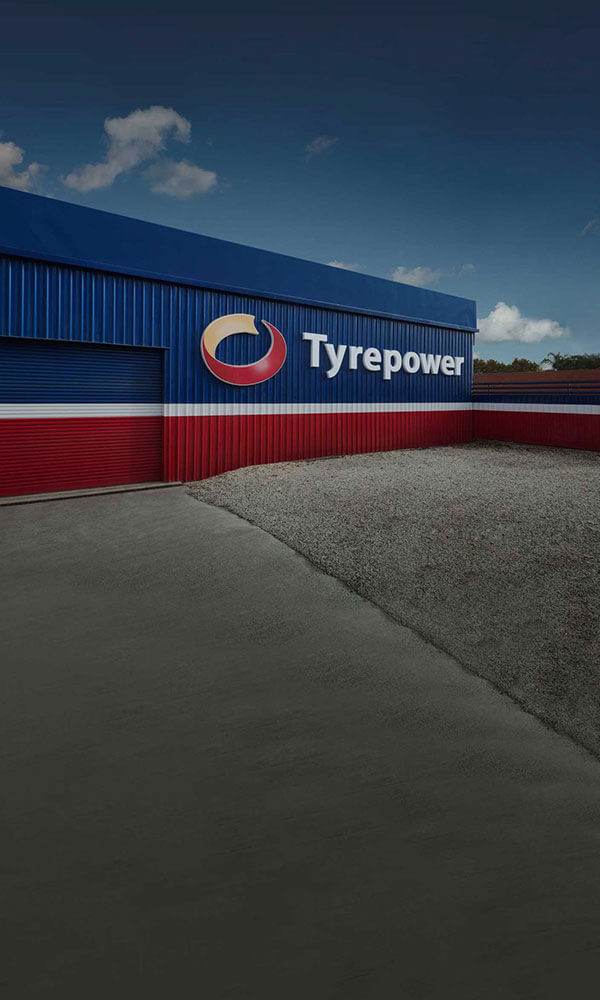Your tyre sidewall markings

What are the markings on your tyres?
If you ever walked down the street and paused to look at any car’s tyres, you may have noticed that they are stamped with a bunch of letters and numbers. You may easily recognise the brand of tyre and the model, but what about the rest?
Every tyre in Australia has some important information stamped on its sidewall. This information refers to the tyre’s measurements and other data, typically provided by the tyre manufacturers.
This includes its size, width, and height, as well as load carrying capacity, date of manufacture, and more. The labeling system is standardised across the tyre industry.
Your tyre placard
If you don’t want to look directly at your tyres’ sidewall, as it can be quite uncomfortable for your body posture, you can find your vehicle manufacturer’s recommended tyre specifications on your tyre placard.
All cars have a tyre placard with information about recommended tyre specifications, including tyre inflation pressures for your car.
Typically, your tyre placard is located in the driver’s door, your glove box, under the bonnet or even inside the fuel cap for some vehicle brands.
How do you read a tyre sidewall?
If we look at the image below, the tyre sidewall is engraved with 175/70 R14 which corresponds to the size of the tyre.

The first three numbers refer to the surface of the tyre tread. In this particular example, the tyre is 175mm wide. This metric is also known as "section width".
The second pair of numbers is the sidewall height, also known as the aspect ratio. In this example, the sidewall height is 70% of the width of the tyre, which is roughly 122.5mm for this tyre.
The letter “R” represents the type of construction. R stands for radial. Nearly all tyres you see on the roads today are of radial construction. Some older tyres and specialised equipment still use bias tyres, but that’s for another article.
The last pair of numbers refer to the rim diameter which fits the tyre. In this case, this tyre is sized to fit a 14-inch wheel.
Other tyre markings
There are many other significant pieces of information to let you know about; tyre sizes only make up a small portion of the markings on a tyre sidewall.
Tyre Load Index
The load index of your tyre indicates how much weight it can support (in kg). The load rating of your tyre may be found on the sidewall, usually near the size markings.
A tyre with a load index of 84, for instance, can support 500 kg of weight.
Load ratings and speed ratings should be compared when purchasing new tyres. To find out what the load limits are on your vehicle, check the owner's manual.
Overloading your car puts strain on its tyres and other vital components. It can lead to poor handling, increased fuel consumption, and tyre failure. It can also cause significant cracking, component separation, and can result in a tyre "blowout", which should be avoided at all costs.
In Australia, it is illegal to fit a tyre with a lower load rating than the tyres specified by your vehicle manufacturer.
Speed rating
The speed rating is the maximum speed for a tyre when it is correctly inflated and being used under load.
This information can be found next to the load index number. For example, a tyre with a speed rating of T has a maximum speed of 190 km/h.
When getting a new set of tyres, make sure you match their speed rating with the speed capabilities of your car.
Tyre type
A ‘P’ or no letter at all indicates a passenger car tyre, while a tyre marked ‘LT’ stands for Light Truck, and typically denotes a heavier duty construction and more durable tyre.
Tread wear indicators
Some tyres have the letters "TWI" to indicate the location of the tread wear indicators on the tyre. You should check these indicators on a regular basis to ensure your tyres have enough tread. Tyres must be replaced if they are worn to the tread wear indicators (TWI) - 1.6mm or less.
Production date
You’ll find four digits in a box, somewhere on the sidewall of your tyre, which tells you the week and year that your tyre was manufactured. For example, 1722 denotes a tyre that was made in the 17th week, of the year 2022.
Tyre pressure information
This is your tyre's maximum safe inflation pressure. Consult your car's manual for further information on appropriate tyre pressure, as it might affect your vehicle's handling, turning, braking, and fuel efficiency. The maximum pressure and ‘recommended’ pressures are often very different.
Your tyres experts
Maintaining the proper pressure in your tyres is just as crucial as doing a mechanical tune-up. Maintaining proper pressures will significantly increase on-road safety and help you to achieve good tyre life.
If you are unsure about your tyre pressures, don’t worry. Our knowledgeable staff at Kogarah will happily assist you with your needs.
Visit our store at 7 Lindsay Street, Rockdale, NSW or phone us today on (07) 9587 3366 and one of our friendly staff will be of assistance.


